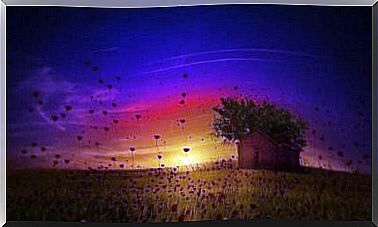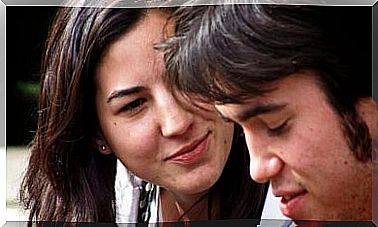Farmer Yacouba Sawadogo, The Man Who Defeated The Sahara
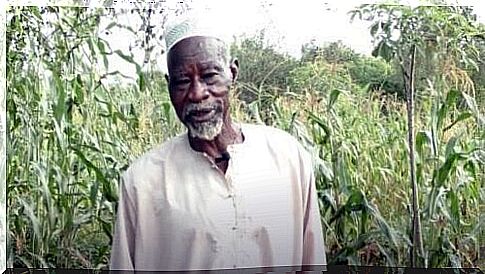
Farmer Yacouba Sawadogo did not need any university education or news programs to understand that the climate was changing. He lives in Burkina Faso, a country bordering the Sahara Desert. Every year he noticed that it was raining less and less. In addition, he noticed that the lack of rainwater affected the crops.
He lives in an area called the Sahel. This is a region located between the Sahara and the Sudanese savannah, an area with an unstable climate that sometimes triggers a dramatic famine. Just such an extraordinary famine occurred between 1968 and 1974, at the end of which Yacouba Sawadogo started his movement.
The global community did not pay Sawadogo attention until much later, when in 2018 he won the Right Livelihood Award (a Swedish award that has sometimes been called the “alternative Nobel Prize”) for his struggle to improve humanity’s situation. Then the quiet and wonderful work he did for his people and our planet finally came to light.
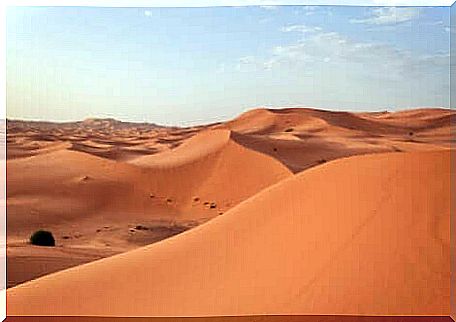
Farmer Yacouba Sawadogo and Sahara
Everyone knows the Sahara Desert. It has been mentioned in our legends for thousands of years. What many people do not know, however, is that residents of the northern and southern edges of the desert have managed to find a way to live there and start communities that are constantly in a struggle with the strength of the desert.
During the 20th century, the population of Africa increased and a wave of foreign companies (mostly mining and quarrying companies) arrived on the African shores and then changed the natural cycles of the ecosystem. This had the greatest immediate impact on the countries of the Sahel zone, which includes Burkina Faso, where Yacouba Sawadogo comes from.
In the late 1960s, the desert began to spread to Burkina Faso. The sand penetrated previously fertile soil and famine became a common problem. Most people who lived there decided to flee because they thought it was an impossible battle to win. Yacouba Sawadogo turned in a dismal performance, however. He decided to stay and take the fight to the desert.
Trust in ancient wisdom
When desertification threatens an area, the solution is usually an exhaustive study with a special diagnosis, followed by the application of sophisticated, large-scale strategies to reverse the process. In Burkina Faso, however, they had no experts, high-profile studies or millions of dollars to invest in the project.
Fortunately for his community (and the planet at large), farmer Yacouba Sawadogo did not let this stop him from trying. He and a friend, Mathiew Ouédraogo, began their own research. They decided to seek the wisdom of their ancestors to find solutions to this modern crisis. In this region, people had been growing crops for many years. Consequently, traditional knowledge was rich in methods of combating desertification.
The two warriors decided to apply two older techniques to restore the earth. The first is called cordons pierreux, which means that you create rows of fist-sized stones in the fields which help to catch rainwater and keep it there long enough so that it has time to sink into the ground.
The winning technology
The second method was another traditional agricultural technique called Zaï holes. It is about digging holes next to planted seeds to give the plants moisture. Sawadogo brought several innovations to the traditional technology, one of which was that he dug larger holes.
He also had the idea to fill the holes with organic material such as manure, leaves, small sticks and vegetable leftovers. He might not have realized it at the time, but this decision was probably what ultimately made the project so successful.
An unexpected consequence of putting organic material in the holes was that it attracted termites. The tunnels that the termites dug in the fields then helped to further break up the soil and make it more susceptible to plant life. In other words, the termites were responsible for the missing piece of the puzzle. Thanks to the termites, the soil softened and retained more moisture. Thus the vegetation began to flourish.
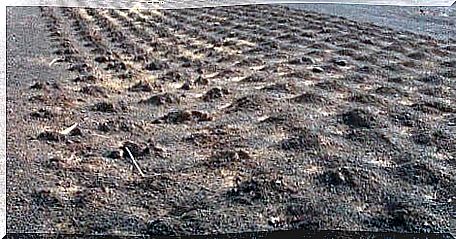
Victory over the desert
More than 40 years would pass before the world learned of Sawadogo’s incredible struggle to restore life to the desert. Today, he has reclaimed more than three million hectares of land and turned previously sterile land into fertile soil.
Despite his fantastic performance, Sawadogo was not happy. Realizing that the traditional methods worked, he began teaching them to anyone who wanted to learn. He has spent years traveling from village to village on his motorcycle. Wherever he goes, he teaches his vital strategies to the communities there.
Yacouba Sawadogo’s legacy in his community is invaluable. We can learn many important lessons from his story. He teaches us never to give up, no matter how difficult or extensive the resistance seems. He is also a perfect example that short-term solutions are usually not the best and that common sense, traditional knowledge and self-confidence can take you very far.




